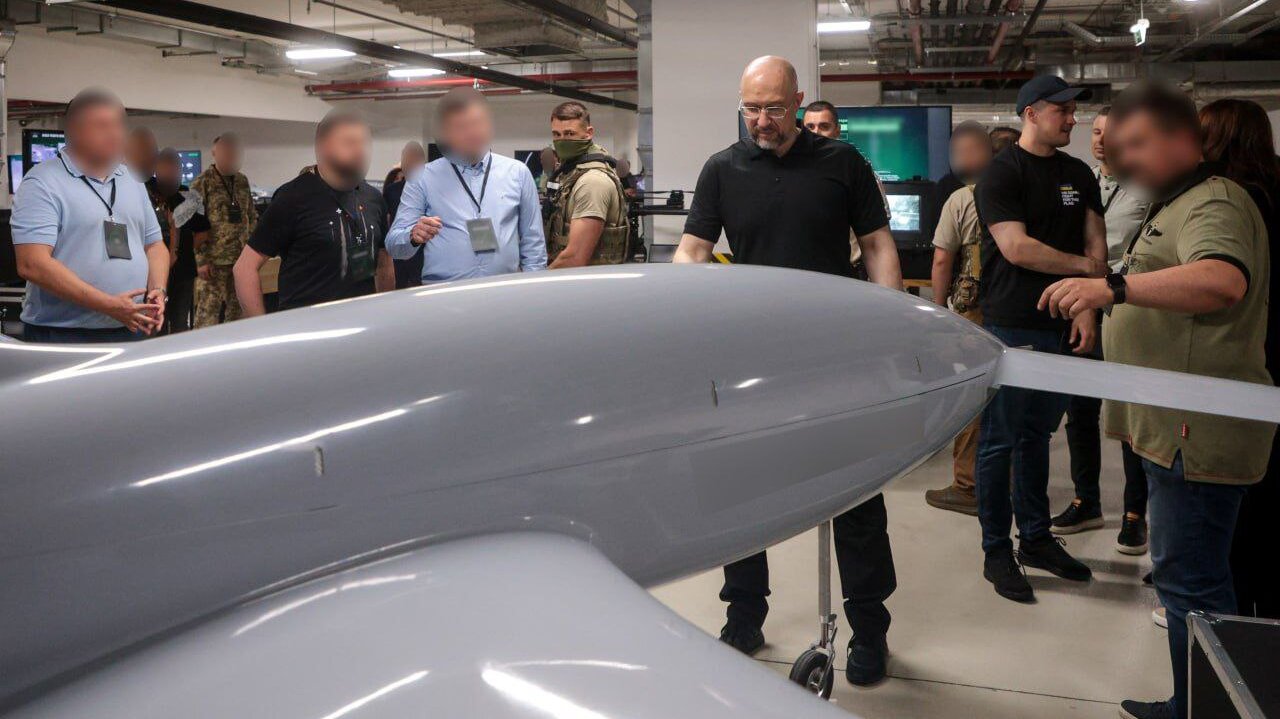Ukraine drone attack on russia – Ukraine drone attacks on Russia represent a significant shift in the ongoing conflict. These attacks, utilizing a diverse range of unmanned aerial vehicles (UAVs), target key infrastructure, military assets, and, occasionally, civilian areas within Russia. This analysis explores the types of drones employed, their strategic targets, deployment methods, Russia’s countermeasures, and the broader implications of this evolving form of warfare, including the legal and ethical considerations involved.
The increasing sophistication and frequency of these attacks highlight the adaptability of Ukrainian forces and the potential for drone technology to reshape modern conflict. Understanding the intricacies of these operations is crucial for comprehending the current geopolitical landscape and predicting future trends in military strategy.
Ukrainian Drone Attacks on Russia: Ukraine Drone Attack On Russia
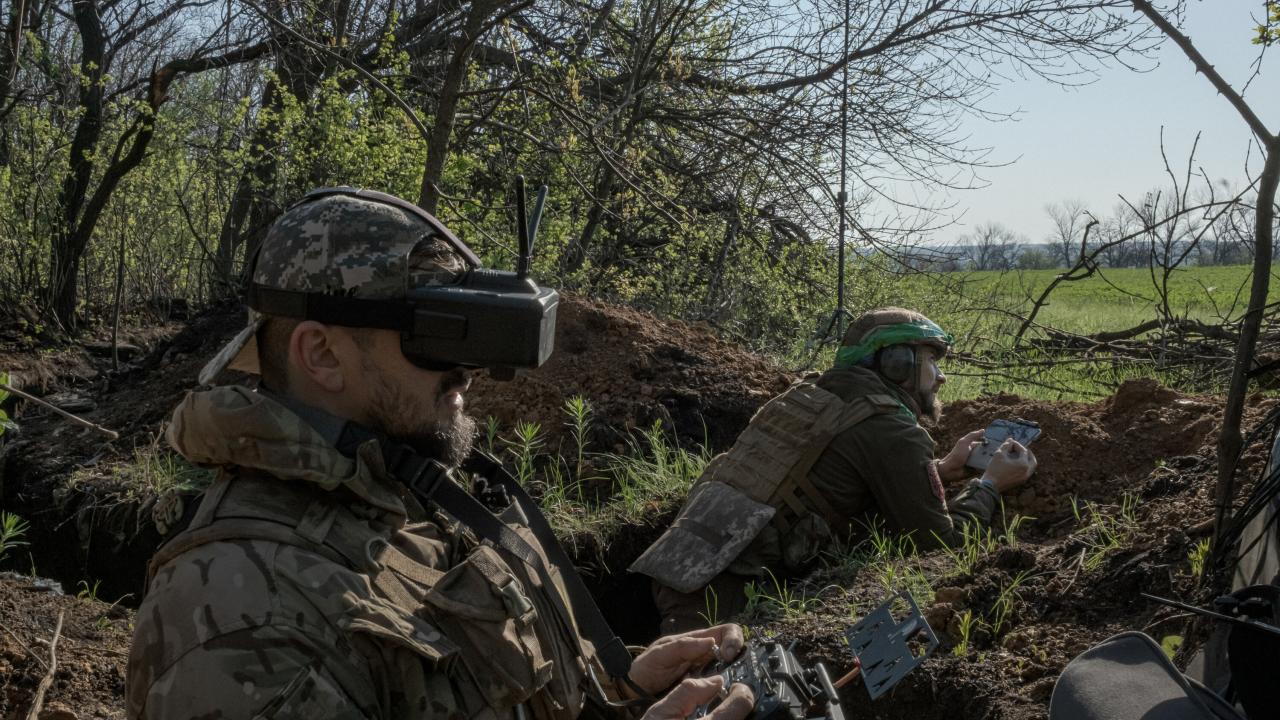
The escalating use of drones in the ongoing conflict between Ukraine and Russia marks a significant shift in modern warfare. This analysis examines the types of drones employed, their targets, deployment methods, the Russian response, and the broader implications of this evolving form of conflict.
Types of Drones Used in Attacks
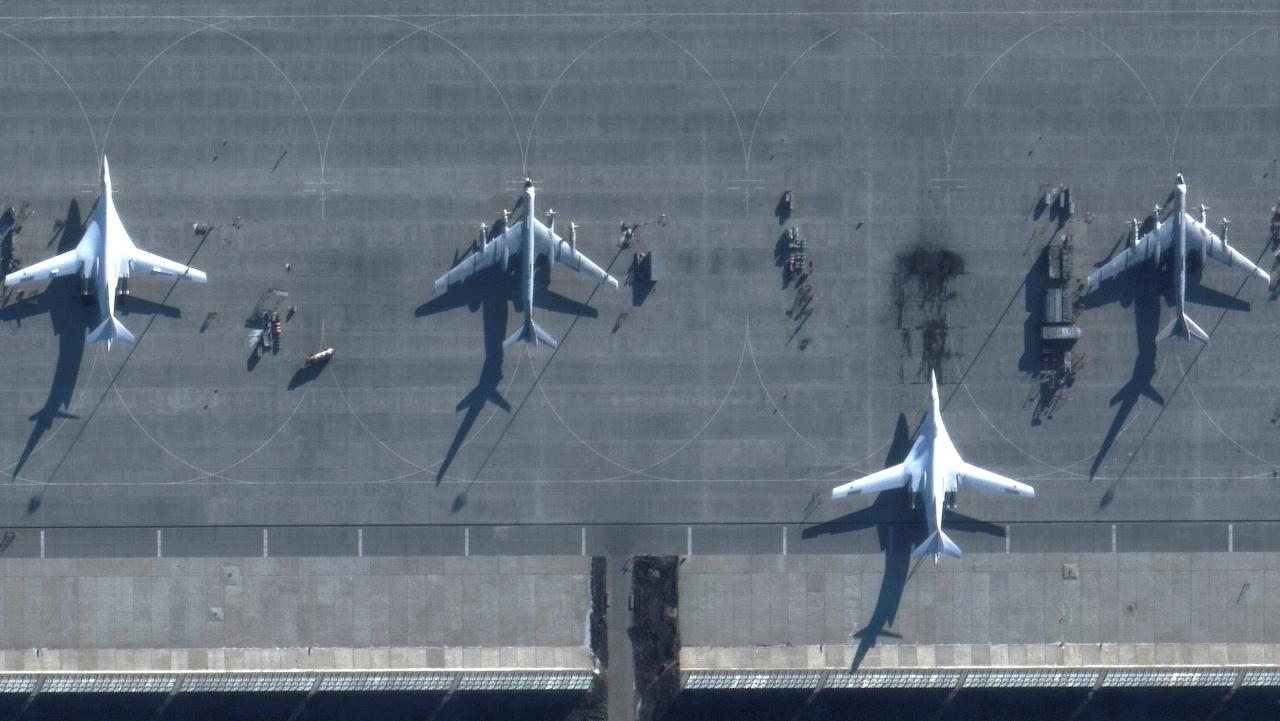
Ukraine utilizes a diverse range of drones in its attacks against Russian territory. These vary significantly in capabilities, range, and payload capacity, reflecting both the availability of different systems and the evolving tactical needs of the Ukrainian military. The effectiveness of each drone type is contingent on various factors, including the specific target, environmental conditions, and the effectiveness of Russian countermeasures.
| Drone Type | Manufacturer (if known) | Range (Approximate) | Payload Capacity (Approximate) | Typical Mission Profile |
|---|---|---|---|---|
| Bayraktar TB2 | Baykar Makina (Turkey) | 150 km | Up to 55 kg | Reconnaissance, precision strikes against high-value targets |
| Altius-M | Unknown | 1000+ km | Unknown | Long-range reconnaissance, potential for attacks on critical infrastructure |
| Various commercially available drones modified for military use | Various | Varies greatly | Varies greatly | Suicide attacks, reconnaissance, disrupting operations |
Targets of Drone Attacks, Ukraine drone attack on russia
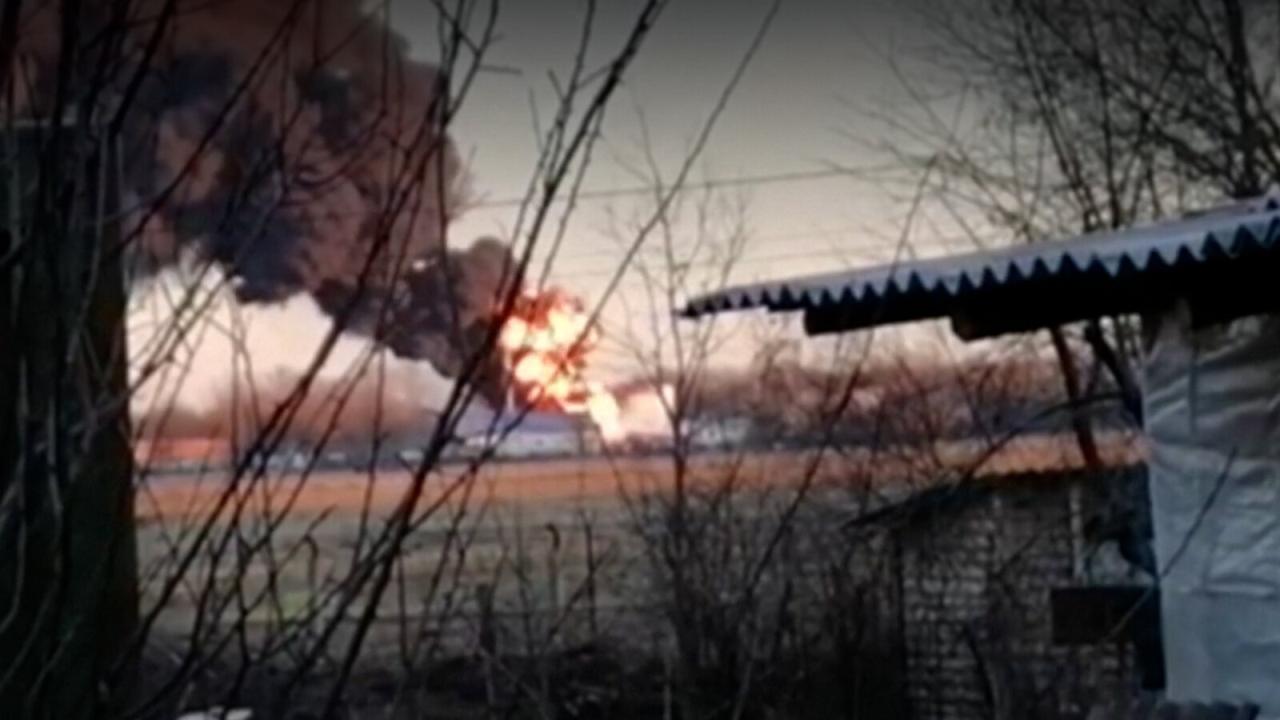
Ukrainian drone attacks target a variety of locations within Russia, reflecting a strategic aim to disrupt military operations and logistics, as well as to exert psychological pressure. While military infrastructure is a primary focus, civilian areas have also been impacted, raising significant ethical and legal concerns.
Recent events highlight the escalating conflict, with Ukraine employing increasingly sophisticated drone technology against Russian targets. For detailed analysis and up-to-date information on these attacks, including their impact and strategic implications, you can refer to this insightful resource: ukraine drone attack on russia. Understanding these drone operations is crucial for comprehending the evolving dynamics of the war in Ukraine.
- Military airbases: Attacks on airbases aim to damage or destroy aircraft and disrupt Russian air operations.
- Fuel depots: Targeting fuel supplies aims to hinder the movement of Russian troops and equipment.
- Command and control centers: Attacks on these locations aim to disrupt Russian military command and coordination.
- Deep inland targets: These long-range attacks demonstrate Ukraine’s capacity to strike targets far from the front lines.
Methods of Drone Deployment and Operation
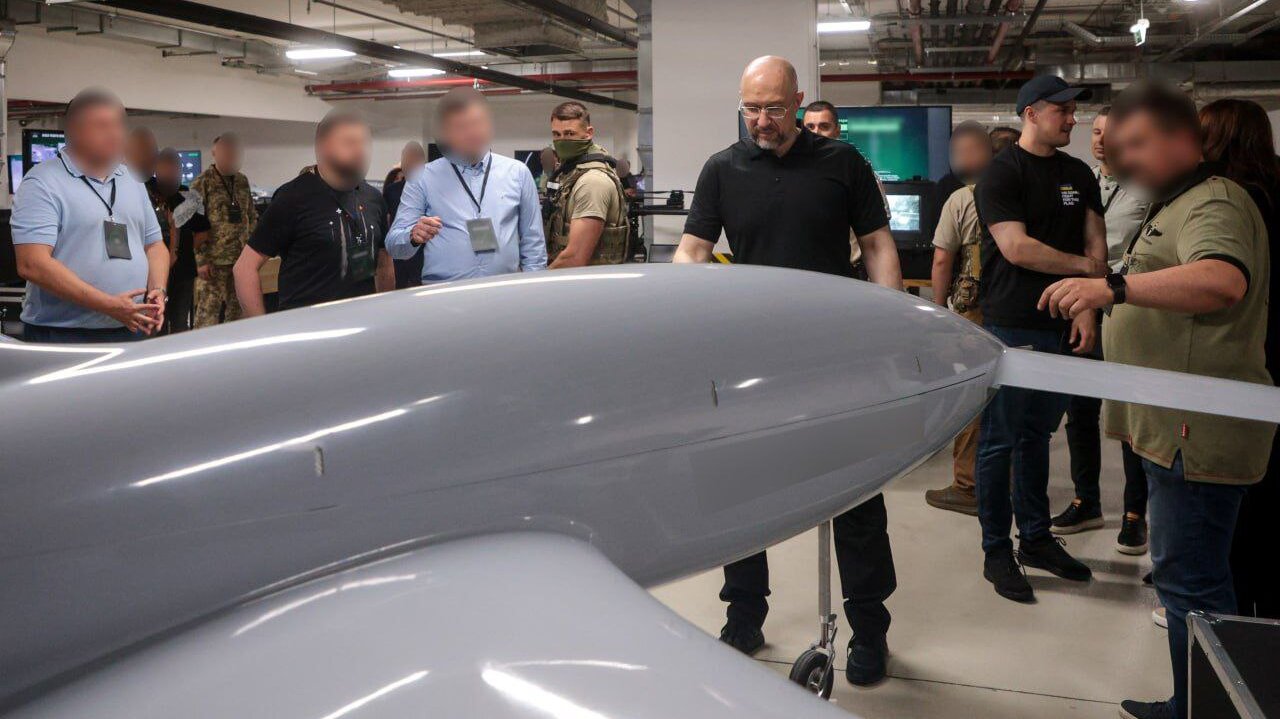
The precise methods used by Ukraine to deploy and operate drones remain largely undisclosed for operational security reasons. However, it is understood that a combination of techniques is likely employed, involving various launch sites and sophisticated navigation systems. The logistical challenges are considerable, involving the procurement, transportation, assembly, and operation of drones across international borders.
A hypothetical drone deployment scenario might involve: (1) intelligence gathering to identify a high-value target; (2) selecting appropriate drone type and payload; (3) preparing the drone for launch; (4) launching the drone from a concealed location; (5) navigating the drone to the target using GPS and inertial navigation systems; (6) executing the attack; (7) drone self-destruction or recovery (if possible).
Russian Response to Drone Attacks
Russia has implemented various measures to counter Ukrainian drone attacks, including upgraded air defense systems and electronic warfare capabilities. The effectiveness of these measures is a subject of ongoing debate, with reports of both successes and failures in intercepting Ukrainian drones. A comparison with other nations’ responses reveals similarities in the reliance on layered defense systems but also highlights the unique challenges posed by the range and sophistication of some Ukrainian drones.
Impact and Implications of Drone Warfare
Ukrainian drone attacks have had a noticeable impact on the war, disrupting Russian logistics and operations. The long-range nature of some attacks demonstrates Ukraine’s ability to project power deep into Russian territory. The increasing reliance on drones in this conflict highlights the changing nature of warfare, raising concerns about potential escalation and the need for international regulation.
Recent drone attacks on Russian territory by Ukrainian forces highlight the evolving nature of modern warfare. The sophistication of these attacks suggests a potential reliance on advanced drone technology, perhaps even comparable to the capabilities offered by companies like sky elements drones , known for their high-performance models. These incidents underscore the increasing significance of unmanned aerial vehicles in shaping geopolitical conflicts.
A visual representation of a drone attack on a fuel depot might show a drone approaching its target, a large explosion engulfing the depot, resulting in significant fire and damage to surrounding structures. Collateral damage might include nearby vehicles or buildings affected by the blast and fire.
Recent Ukrainian drone attacks on Russia highlight the increasing reliance on unmanned aerial vehicles in modern warfare. The precision and potential for widespread impact are undeniable, contrasting sharply with incidents like the orlando drone show malfunction , which underscores the inherent technological vulnerabilities even in seemingly controlled environments. This raises concerns about the reliability of drone technology in both military and civilian applications, particularly given the escalating tensions in the Ukraine conflict.
International Legal and Ethical Considerations
The use of drones in warfare raises complex legal and ethical questions. International humanitarian law requires adherence to the principles of distinction (between combatants and civilians) and proportionality (ensuring that the anticipated military advantage outweighs the harm to civilians). The legality and morality of attacks on Russian territory remain contentious, with various interpretations of existing international law.
| International Law/Treaty | Key Provisions | Relevance to Ukrainian Drone Attacks |
|---|---|---|
| Geneva Conventions | Protection of civilians, distinction between combatants and civilians, prohibition of indiscriminate attacks | Applies to all attacks, requiring distinction between military and civilian targets |
| Additional Protocols to the Geneva Conventions | Further elaboration on principles of distinction and proportionality | Provides guidance on the legal requirements for drone attacks |
| UN Charter | Prohibition of the use of force except in self-defense | Raises questions about the legality of cross-border attacks |
The use of drones in the Ukrainian-Russian conflict represents a paradigm shift in modern warfare. The strategic implications are far-reaching, impacting not only the immediate conflict but also influencing future military doctrines and international legal frameworks. While Russia continues to adapt its defenses, the effectiveness and relative affordability of drone technology suggest its continued prominence in asymmetric warfare. Further study is needed to fully understand the long-term consequences of this evolving battlefield dynamic and its impact on international security.
Question Bank
What is the estimated cost of these drone attacks for Ukraine?
Precise figures are unavailable due to security concerns and the varied sources of drone procurement. However, estimates suggest a range from relatively inexpensive commercially available drones to more costly, modified military-grade UAVs.
How does Russia obtain intelligence on planned drone attacks?
Russia likely utilizes a combination of signals intelligence (SIGINT), human intelligence (HUMINT), and open-source intelligence (OSINT) to detect and potentially disrupt planned drone attacks. Their electronic warfare capabilities also play a significant role.
What international organizations are involved in assessing the legality of these attacks?
Organizations like the UN and the International Committee of the Red Cross (ICRC) are involved in monitoring the conflict and assessing compliance with international humanitarian law. However, the legal interpretations and enforcement remain complex.
